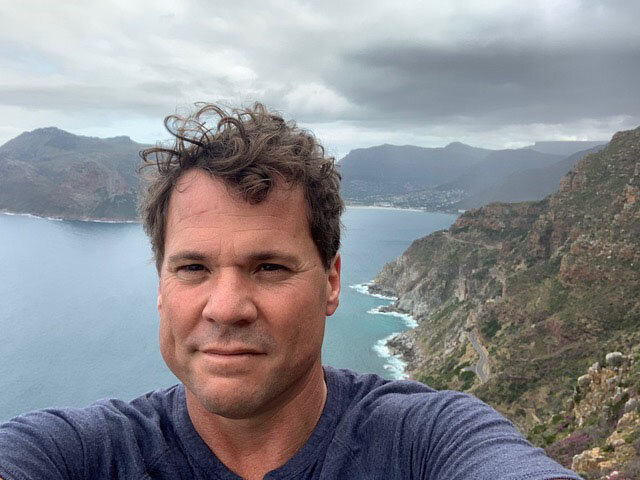When Jennifer VanderBurgh began researching the life of pioneering Nova Scotia filmmaker Margaret Perry, she ran into a problem.
Although Perry made dozens of films for the Nova Scotia Film Office between 1945 and 1969 detailing life in the province, the Archives’ records contained little about her.
Although the Nova Scotia Archives had original 16mm copies of her films, the only others in their possession were two photographs of Perry, a copy of a National Film Board documentary about Perry, and an essay about her.
The six-year effort VanderBurgh was part of gathering information through the National Film Board, Library and Archives Canada and Perry’s former colleagues. But the grail was a treasure trove of photographs, magazines, scrapbooks, slides and negatives obtained from Perry’s family.
“This really gave us an incredible sense of Margaret Perry in her own work, talking about her artistic development, some of her filmmaking motivations,” said VanderBurgh, a professor at Saint Mary’s University who also leads a a project that has worked. to bring greater awareness to Perry’s work and make it more accessible to the public.
Work is underway to give Margaret Perry’s films more recognition and make them available online.
The reward is a new Nova Scotia Archives exhibit that digitized 47 films Perry made for the Nova Scotia Film Bureau. Movies can be streamed from the archive site or through his YouTube page.
The exhibit also includes biographical information about Perry and copies of her albums. There are even curriculum guides for using the films as lesson plans in classrooms, from 8th grade social studies to post-secondary settings.
While the department was called the Nova Scotia Film Bureau, by 1959 its only employee was Perry. She acted as a director, cinematographer, location scout, screenwriter, recordist, guide and editor, to name just a few roles.
The films served a variety of roles, from promoting Nova Scotia as a tourist destination to a place for industrial development, and were sometimes used in classrooms.
In a modern setting, Perry’s films struggled to be seen as more than propaganda, Vander Burgh said.
“Every work of art is a representation, right? It’s not a mirror of reality … that’s true of all works of art, but government films have been dismissed, you know, rather unfairly,” VanderBurgh said.

The Nova Scotia depicted in Perry’s films is a nature lover’s paradise, full of forests, lakes and oceans, but it’s also modern.
Whether it’s building the Canso Causeway that connects Cape Breton Island to the mainland, or hosting “the largest stand-alone steel plant in the [North] America’ in Sydney, Nova Scotia is depicted as a place where the past meets the present.
“They were influential in terms of promotional vehicles, but they’re also incredibly beautiful,” VanderBurgh said. “I think people will really enjoy them as documentaries, but also as works of art.”
Some of Perry’s films were screened at this year’s FIN Atlantic International Film Festival, and the archive exhibition officially launched to coincide with the film festival’s timing.
Leanna Griffith is Perry’s granddaughter. He watched the events in Halifax and called it overwhelming, but in a good way.

“All these movies were stored in my parents’ basement for so long and now suddenly I’m in the Cineplex theater [at Park Lane] watching these movies. It’s a little shocking,” he said.
Griffith said her grandmother wasn’t one to toot her own horn, so she’s glad her grandmother’s work is being honored.
“To see that people are interested and want to be able to get her stuff out there for the public to learn about and experience was really quite exciting,” Griffiths said.
MORE TOP STORIES

“Falls down a lot. Unapologetic alcohol guru. Travel specialist. Amateur beer trailblazer. Award-winning tv advocate. Hipster-friendly twitter aficionado”

